Fadwa Hallak’s memory of what happened the day her husband died is blurry.
Ibrahim Rahawi was killed by shrapnel in either an airstrike or missile attack in 2015 during the siege of Aleppo – one of the bloodiest and most brutal chapters of Syria’s long war.
Hallak and her two young children could not even mourn properly. Afraid of making themselves targets for more airstrikes carried out by the Syrian government and its Russian allies, the family decided not to erect traditional mourning tents to mark Rahawi’s death passing.
“We lost the most important thing in our lives when we lost him, and after his death life became even harder,” she said.
Hallak’s brother Ahmad added: “The condolences were limited to tributes on social media when Ibrahim died. But even then he wasn’t safe, we weren’t safe. The regime even bombed the garden we buried him in several times.”
Ten years after the war began, what remains of the opposition, as well as jihadist groups, are contained to Syria’s north-west. Bashar al-Assad is back in control of most of the country, including Aleppo, but his is the ultimate pyrrhic victory.
More than half of the city – once the jewel of Syria – still lies in ruins. Rebuilding remains a fantasy for those living under regime rule: the collapse of the Syrian lira has left more than 80% of the population living in poverty, unable to afford bread or oil for electricity generators.
Even as the broken city struggles to come back to life, informal graveyards where thousands of civilians like Rahawi are buried remain, silent testimony to the crimes against humanity Aleppo suffered. But perhaps not for much longer.
An estimated 31,000 people died by the time the regime retook east Aleppo in December 2016. Over four years, barrel bombs, cluster munitions and chemical weapons were dropped on civilians living in rebel-held parts of the city.
With communities cut off from each other by frontlines and roadblocks, and existing graveyards full, eventually there was nowhere left to bury loved ones killed in the violence. Parks, playgrounds, gardens – as Rahawi’s family found out, any usable space behind the siege line ended up becoming shallow and hastily dug resting places for the dead, many with only token headstone markers.
Aleppo’s city council recently announced that bodies in one of the biggest of these makeshift graveyards, in a park next to the Salah al-Din mosque, will be relocated to a large state cemetery on the outskirts of the city. The statement called on people with relatives buried there to report to officials to help with the excavations and transfer of graves, warning that otherwise remains could be moved without notice.
Displaced communities who cannot return to the city fear their loved ones’ bodies will not be identified correctly in the move, and even those still in Aleppo are afraid to draw the attention of Assad’s notorious security services, which are overseeing the process.
Transferring the graves also has serious implications for the collection of forensic evidence for future war crimes investigations.
“We know exactly where Ibrahim’s grave is. It’s right by the garden entrance. But it doesn’t have a headstone, so government workers won’t know who he is,” said Ahmad Hallak, who moved with the rest of the extended family to Syria’s north-west, now the last opposition-held province, after Aleppo fell to the regime. “It is a crime on top of all the other crimes committed against us.”
“The news was such a shock. It was like the tragedy of Ibrahim’s death all over again,” Fadwa Hallak said. “We haven’t told the children yet. We haven’t figured out the right way to tell them.”
According to Dr Mohamed Kaheel, who directed the Aleppo opposition’s forensic medicine commission before being displaced himself, there are at least 5,000 irregular graves, some of which have more than one occupant, dotted around the city.
Many, like Rahawi, did not receive proper funerals when they died. The siege also meant stone and cement for more permanent graves was hard to come by, even if families could still afford it.
The Aleppo authorities first began to relocate bodies from the city’s informal cemeteries in 2018, at the same time Assad announced efforts to rebuild the city had begun, but little progress was made on either front. Identifying and documenting the inhabitants of all of the irregular grave sites in particular proved to be a serious challenge which was soon abandoned.
This time around, however, it appears the city council may be paying less attention to the dignity of the dead: unverified pictures circulated widely on social media show skulls and bones lying haphazardly among red soil, and graveyards left with earth and makeshift headstones disturbed.
“The remains are exhumed in a degrading manner, sometimes not even completely, and transported in ways not worthy of respect for the dead. Relatives feel like it is a new violation,” said Kaheel.
“The purpose of transferring the graves is not for any real reason: it’s so that in the future, when criminal investigations will be carried out, a lot of important forensic evidence is lost, and the families of the deceased will never know the full truth about why and how their children died.”
Kaheel says he is willing to provide all the documentation he took with him when he left Aleppo to help with the process, and has asked UN bodies and the Red Crescent to act as a neutral supervisor in the transfer, but his concerns have not been heard. He now worries that the identities of up to 90% of Aleppo’s war dead will be lost.
Graveyards have emerged as a highly sensitive and politicised issue in Syria’s war: the opposition has accused the regime of exhuming graves after the 2013 Ghouta chemical attack, and Homs’ city council embarked on a similar programme to Aleppo in 2018. Most recently, evidence emerged that the Syrian army’s feared Fourth Division had razed an opposition cemetery in southern Deraa province.
“The importance of burial sites and other cultural heritage should not be underestimated … In addition to other major impediments to their return, many Syrians cite a growing sense of dissociation from their communities of origin,” according to a recent report from the Center for Operational Analysis and Research, a thinktank focused on Syria and Lebanon.
“That the government of Syria may weaponise burial sites to punish opposition communities, obliterate the memory of the opposition, and efface any traces of resistance should be among the foremost concerns of donor-funded projects focusing on rehabilitation in conflict-affected areas like western Aleppo.”
The Hallaks, for their part, are still trying to rescue Rahawi’s remains with the help of friends still in the city: Fadwa’s aim is to return one day with her children to visit their father.
“We left Aleppo but it is still in our hearts,” her brother said. “But returning is out of the question while Assad remains.”


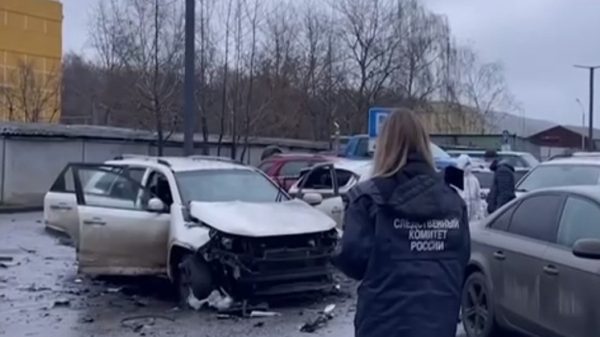

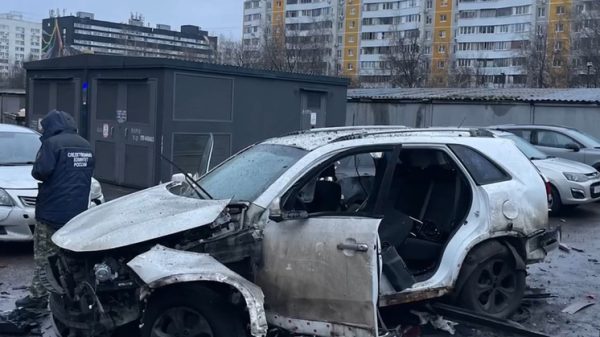


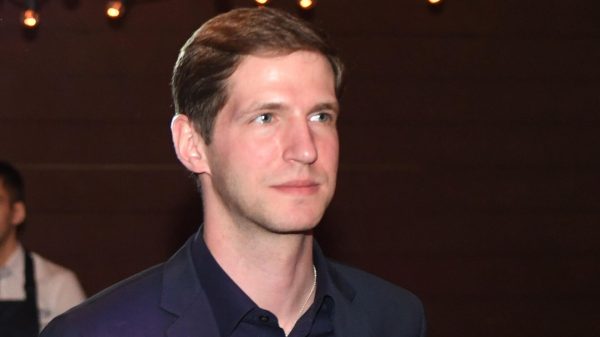
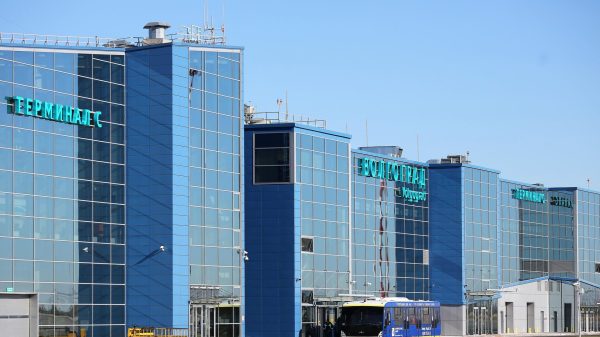
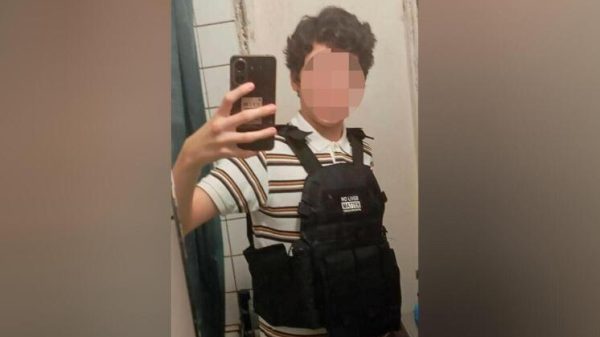
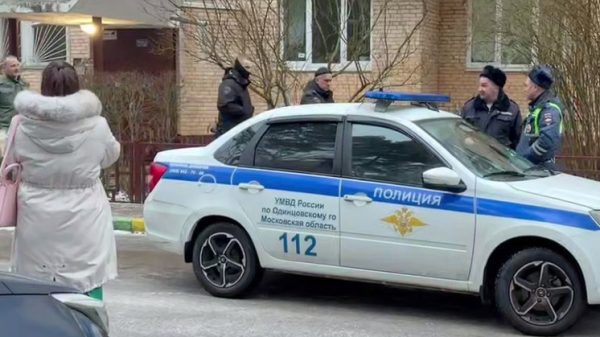
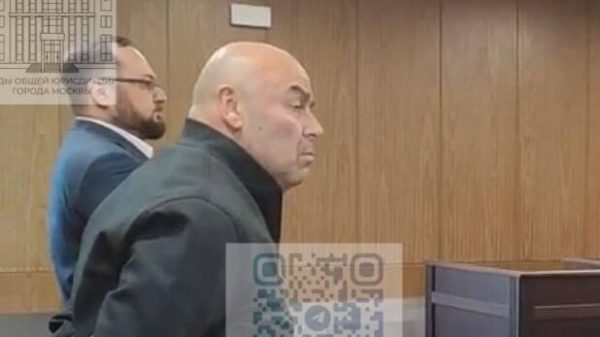

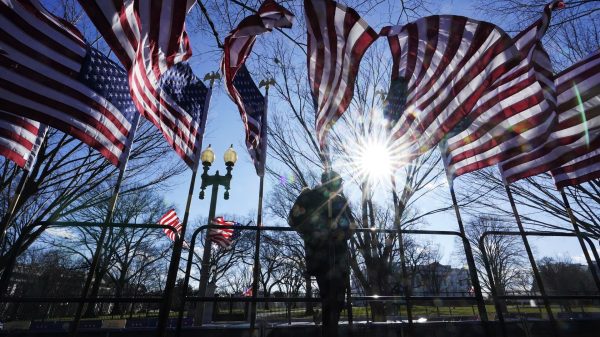




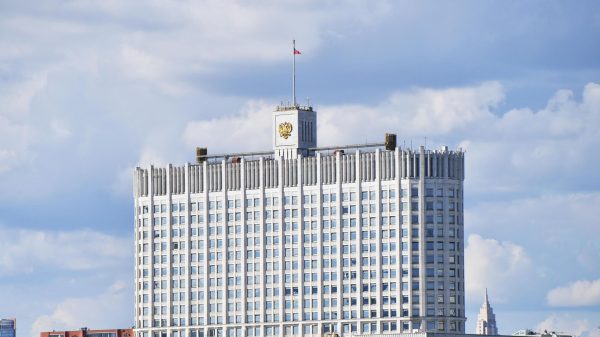
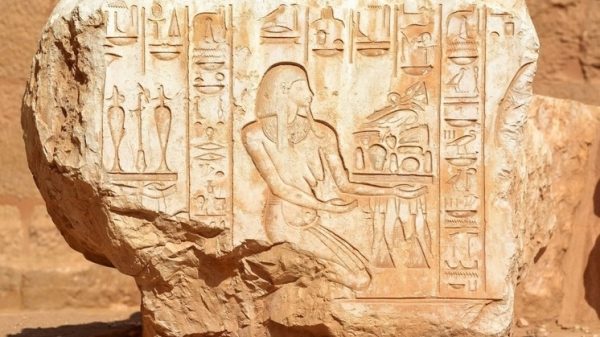













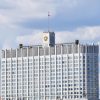


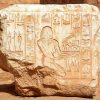















Свежие комментарии